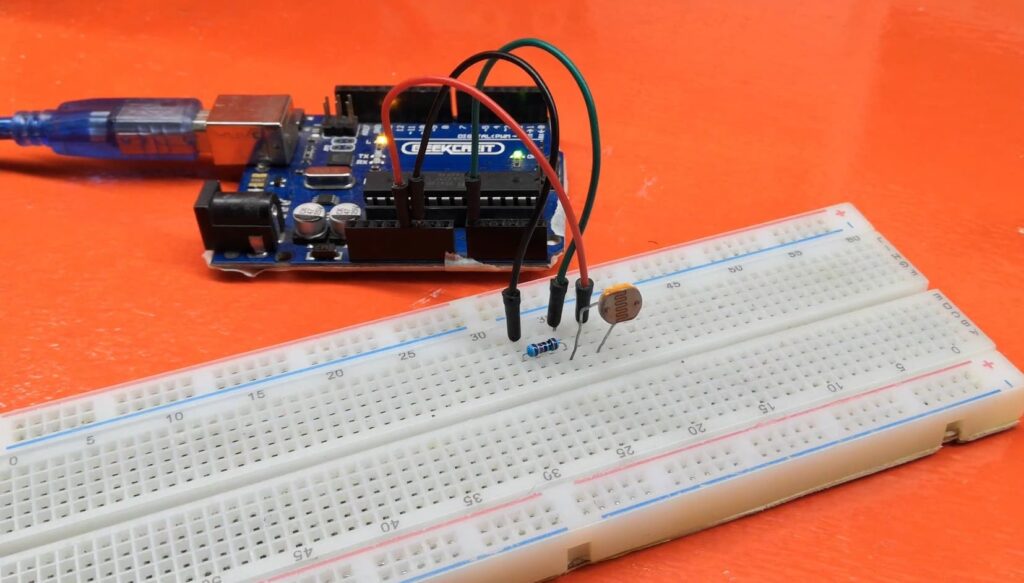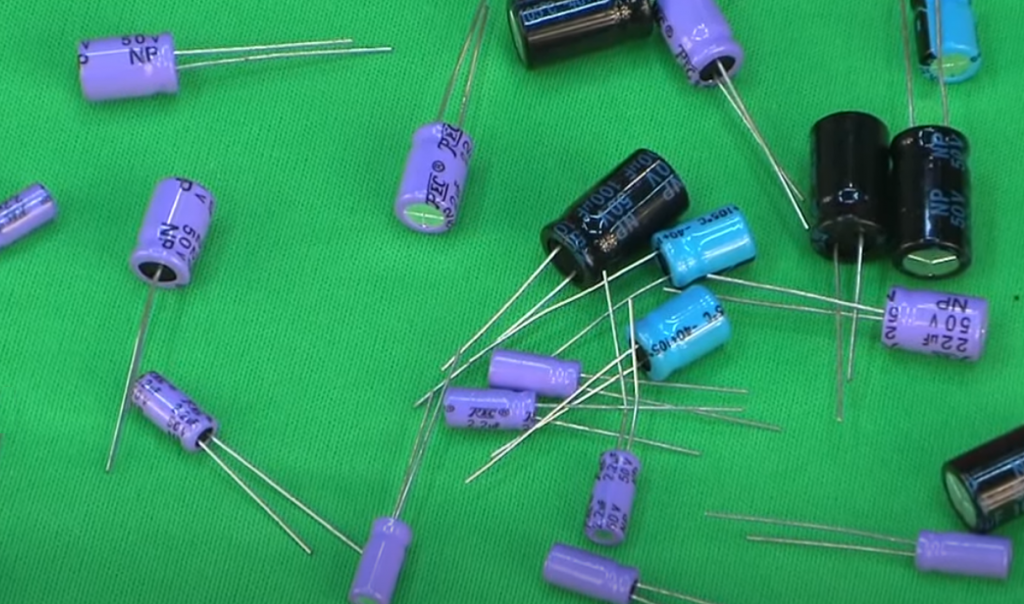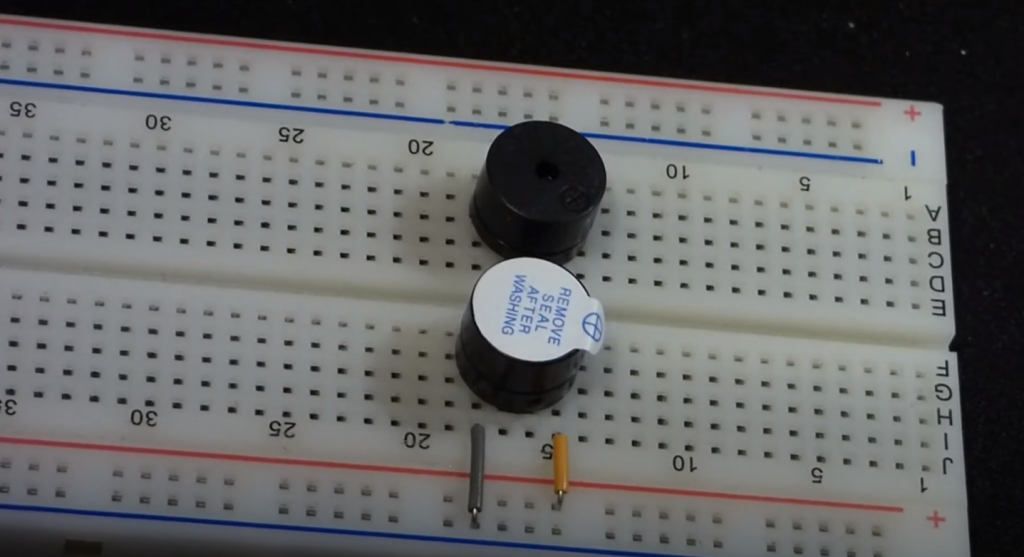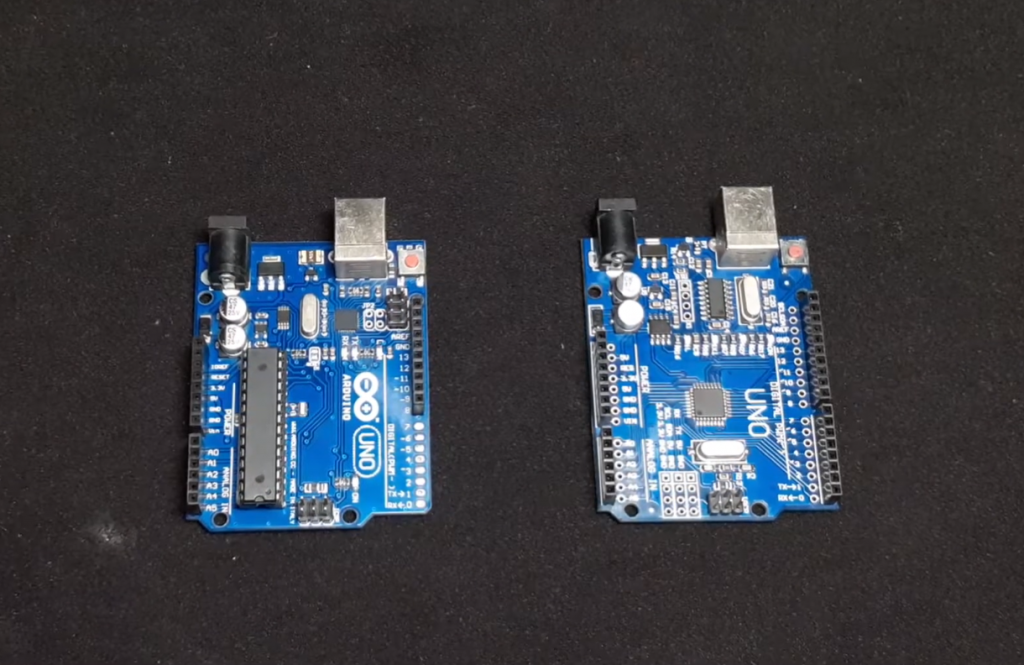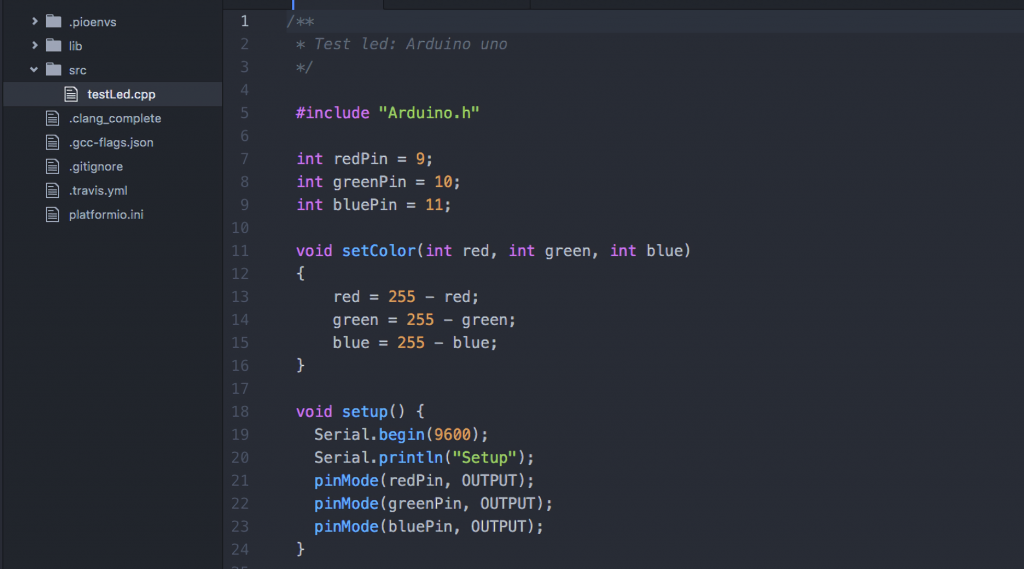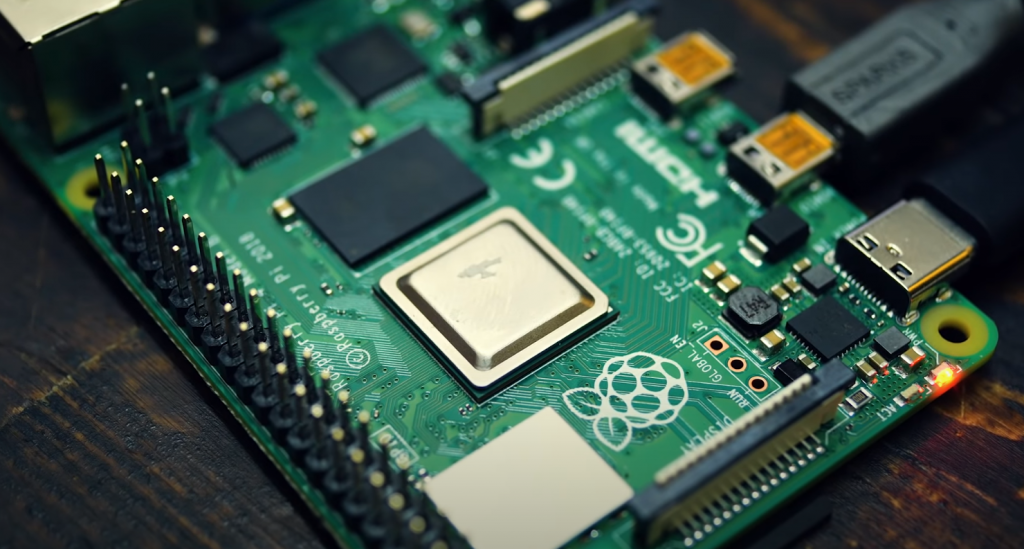Light sensors come in many forms, but two of the most common are the phototransistor and the photoresistor. Though they both detect light levels, their inner workings differ significantly. The phototransistor relies on a semiconductor junction to control current flow, almost like a standard transistor but activated by light instead of electric potential. Meanwhile, the photoresistor changes its resistance according to light intensity. Both have their advantages and applications. This article will explore the key differences between these two popular light sensors, from construction to performance. By the end, you’ll clearly understand when to use a phototransistor versus a photoresistor.
Summarized Insights
The phototransistor and photoresistor are both light-sensitive devices, but they differ in how they work. The phototransistor acts like a regular transistor but uses light instead of voltage to control current flow. It provides amplification and fast response times. The photoresistor, also called an LDR or photocell, is a resistor whose resistance changes depending on light intensity. It provides variable resistance but is slower. The phototransistor is better for switching and precise measurements, while the photoresistor works for light detection and analog sensing. Overall, the phototransistor is more complex but versatile, while the photoresistor is simple and low-cost. Consider application needs when choosing between them.

What is a Photoresistor?
A light-dependent resistor (LDR) photoresistor is a light-controlled variable resistor. Its resistance decreases with increasing incident light intensity. Photoresistors allow light intensity to be converted into an electrical signal. They are commonly used in light-sensing applications.
Construction and Working Principles
A photoresistor contains a high-resistance semiconductor material. Cadmium sulfide, gallium arsenide, and germanium are the most common materials used. Contacts or terminals are connected at either end of the material to allow resistance measurement.
When light hits the photoresistor, photons excite electrons in the semiconductor to higher energy states. This increases the number of free electrons able to conduct current, lowering electrical resistance. Resistance progressively decreases the more intense the light. In the darkness, resistance is high up to several megaohms. Illumination can decrease resistance down to a few hundred ohms.
Advantages
Photoresistors offer several benefits:
- Inexpensive – Simple construction makes photoresistors low cost, often less than $1, even for precision units.
- Durable – No moving parts and solid-state construction allow reliable operation.
- Dynamic range – Photoresistors can sense light over a wide intensity range, often five to six decades.
- Analog output – Resistance varies smoothly and progressively with light intensity.
- Easy interface – Simple resistance input/output easily connects to other circuitry.
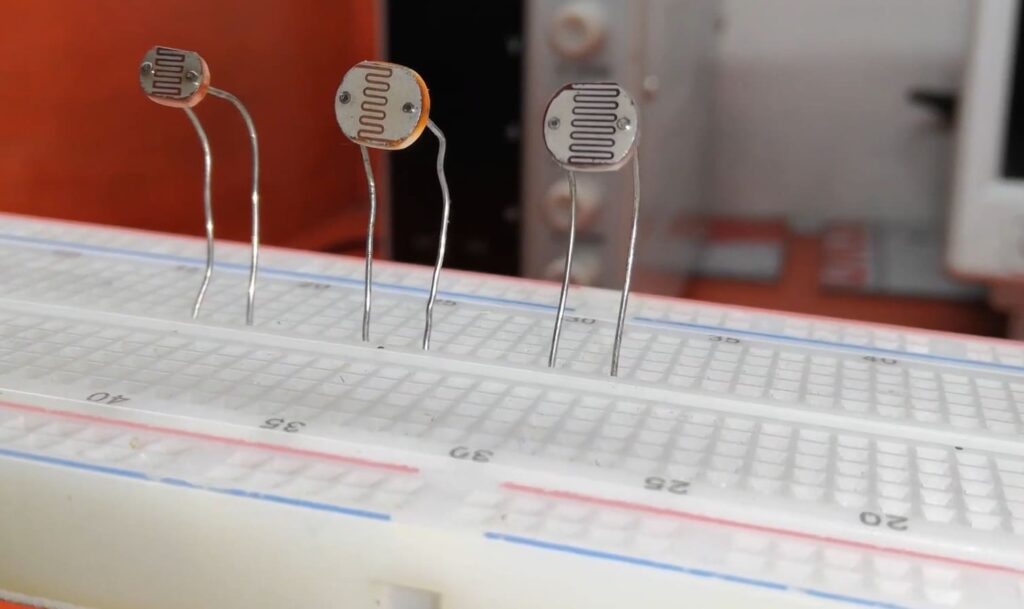
Disadvantages
Some downsides to photoresistors include:
- Slow response – Response times are typically 100+ milliseconds due to capacitance effects.
- Non-linear output – The resistance/light relationship follows a logarithmic response curve. Extra calibration may be needed for linear results.
- Temperature sensitivity – Values can drift with ambient temperature changes. Cooling lowers resistance.
- Low sensitivity – Performance limits high-sensitivity applications without additional amplification.
- Power consumption – Small continuous power drain to measure resistance.
Applications
Some common applications of photoresistors include:
- Light detection – Simple darkness/light triggers, alarm systems, and street lighting.
- Light meters – Camera exposure controls, horticulture light optimization.
- Automatic switching – Turn on lights at night and control porch lighting.
- Security – Detect when a door or window opens via light changes.
- Special effects – Detect flashes or lighting color changes in stage effects.
Photoresistors provide an easy way to add optical sensing capabilities to projects with minimal complexity or cost. Their simple yet flexible light-controlled resistance suits them well for various industrial and hobbyist applications.

What is a Phototransistor?
A phototransistor is a light-sensitive transistor that uses light to control current flow. It combines a photodiode with a bipolar or field effect transistor in a single integrated component. Phototransistors allow input light signals to trigger electrical outputs.
Construction and Working Principles
A phototransistor consists of a collector, base, and emitter like a normal transistor. But the base is exposed to light, replacing voltage input. When light strikes the base, it generates current flow from collector to emitter proportional to light intensity. This provides current gain and switching action like a regular transistor circuit.
Phototransistors are made from silicon, gallium arsenide, and indium gallium arsenide. The photosensitive base region determines the wavelengths detected.
Advantages
Key benefits of phototransistors:
- Fast response – Switching times under 100 nanoseconds are common.
- High sensitivity – Can detect light levels down to hundreds of nanowatts.
- Gain – A current gain of 50-1000 amplifies signals above photodiode levels.
- Low noise – A high signal-to-noise ratio suits low-light sensing.
- Rugged – No moving parts enhance durability.
Disadvantages
Some limitations of phototransistors:
- Cost – More complex processing increases expense compared to photodiodes or photoresistors.
- Power consumption – Bias current needed for transistor operation.
- Temperature sensitivity – Values vary across temperature ranges. Cooling reduces gain.
- Support circuits – Extra components needed for biasing and amplification.
Applications
Phototransistors suit:
- Optocouplers and optoisolators
- Remote control receivers – appliances, audio, toys
- Industrial sensors – counters, scanners, automation systems
- Security and alarm systems
- Printers and photocopiers
- Laser rangefinders
- Pulse oximetry
Phototransistors provide amplified fast switching in response to light, ideal for precision control systems and optical communications. Their high performance justifies their extra complexity in applications requiring high speed and sensitivity.
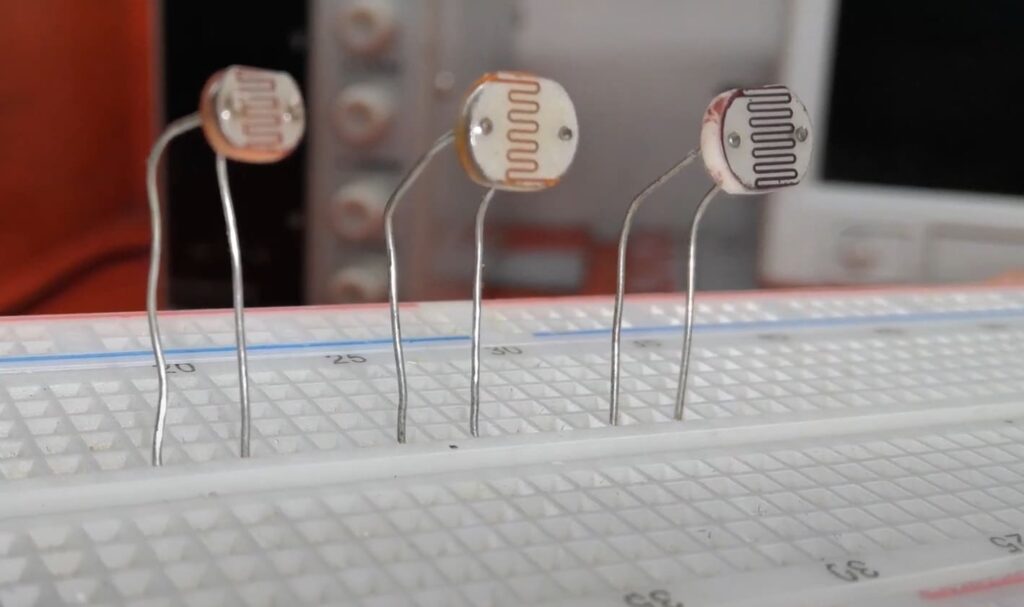
FAQ
What are the key differences between a phototransistor and a photoresistor?
The main differences between phototransistors and photoresistors lie in their construction, working principles, and performance characteristics. Phototransistors are composed of a photosensitive transistor that operates much like a regular bipolar or FET transistor but uses light instead of voltage to control the current flow between the collector and emitter. This allows the phototransistor to provide current gain and fast response times. Photoresistors, also known as light-dependent resistors (LDRs) or photocells, contain a high-resistance semiconductor material whose resistance decreases when light shines on it. This variable resistance allows them to sense light intensity in analog form.
Phototransistors tend to be more complex, versatile, and expensive compared to photoresistors. They can switch and amplify signals rapidly for precise measurements and digital logic applications. Photoresistors are simpler, slower, and lower cost. Their variable resistance makes them suitable for analog light detection and measurement, such as camera light meters or street lamps.
What are some typical applications of phototransistors?
Phototransistors lend themselves well to applications that require accurately switching a circuit on and off based on light, amplifying weak light signals, or making quantified light measurements. Common uses include:
- Optical sensors – industrial, automation, consumer electronics
- Barcode scanners
- Optocouplers and optoisolators
- Remote control receivers – TVs, audio equipment, toys
- Motion detectors
- Laser scanners
- Fiber optic links
- Smoke detectors
- Automated counters
- Read heads in printers, copiers, scanners
- Pulse oximeters
Phototransistors provide the fast response times, sensitivity, and amplification needed in these use cases. Their precisely controlled, amplified current output enables accurate switching and quantification of light signals.
What are some typical applications of photoresistors?
Photoresistors, with their simple variable resistance dependent on light intensity, suit applications where analog light sensing is required without the need for complex switching or high speed. Common uses of photoresistors include:
- Camera light meters
- Street and porch lighting – keep lights off during the day
- Alarm systems
- Night lights that turn on in darkness
- Automatic greenhouse shade controls
- Flame detection and fire alarms
- White balance adjustment in cameras
- Measuring plant growth via changes in light
- Sunrise/sunset timers
- Detecting when a door/window opens via light changes
These applications leverage the photoresistor’s ability to provide relatively simple yet reasonably accurate analog measurements of light levels without needing fast digital switching capabilities. Their low cost makes them practical for high-volume consumer devices.
How do phototransistors and photoresistors compare in terms of linearity and sensitivity?
Phototransistors generally offer better linearity and sensitivity compared to photoresistors. A phototransistor outputs a collector current linearly proportional to light intensity over around 3-4 decades of illumination change. And due to current gain from the transistor structure, they provide higher sensitivity – capable of detecting low light down to hundreds of nanowatts.
In contrast, a photoresistor’s resistance vs. light relationship tends to be non-linear. Their resistance decreases logarithmically with increasing light intensity. While photoresistors can detect a wide dynamic range, their analog output could be more linear and precise. However, they can be made sufficiently sensitive for many tasks to around tens of microwatts. Overall, phototransistors excel in linearity and precision, while photoresistors take a simple approach sufficient for basic light detection.
Which device has a faster response time and why?
Phototransistors have significantly faster response times than photoresistors due to differences in their working principles. A phototransistor behaves similarly to a regular bipolar or junction transistor, using light to modulate current flow across its collector-emitter junction. This junction physics provides response times down to tens of nanoseconds.
In a photoresistor, response time is limited by the resistance-capacitance (RC) time constant imposed by its high-resistance material combined with parasitic capacitance. This sluggish response means photoresistor response times are typically over 100 milliseconds – thousands of times slower than a phototransistor.
Therefore, for applications requiring fast switching or pulsed light detection, a phototransistor is preferable over a photoresistor. However, the photoresistor’s simplicity makes it appropriate for tasks where high speed is not needed.
How do phototransistors and photoresistors compare in complexity and cost?
Phototransistors have greater complexity and cost due to their semiconductor junction structure and amplification capabilities. Producing this transistor structure on a chip requires more manufacturing steps and expertise compared to a simple photoresistor. And the supporting circuitry required to bias a phototransistor adds complexity. This extra complexity generally makes phototransistors cost over 5-10x more than basic photoresistors.
In contrast, photoresistors are composed of simply a layer of photosensitive high-resistance material, requiring minimal manufacturing complexity. They need little supporting circuitry besides a resistor or capacitor. This simplicity means photoresistors can be mass-produced very inexpensively at scale. Their simple functionality also means fewer failure modes compared to a more intricate phototransistor.
The photoresistor is the clear choice for cost-sensitive applications where analog light sensing is sufficient. However, the extra expense of the phototransistor is justified for performance-critical applications needing speed, precision, and amplification.
Which device requires more power to operate?
Photoresistors consume very little power – simply the small current drain imposed by the sensing circuitry around them. Phototransistors require more power since their transistor structure necessitates a continuous bias current between the collector and emitter junctions. A phototransistor may draw 10-100x more power than a photoresistor.
For battery-operated devices, the photoresistor’s minimal power requirements give it an advantage in maximizing battery life. The phototransistor’s extra power consumption generates more heat, which may require thermal design consideration. However, the phototransistor’s amplification capabilities mean it can operate sensors and drive circuits more easily despite its higher power demand.
Overall, photoresistors shine for ultra-low power sensing, while phototransistors offer high-performance capabilities at the cost of greater power needs. Power budget is an important factor to weigh when selecting between the two devices.
When should a phototransistor be chosen over a photoresistor for a light-sensing application?
A phototransistor should be chosen over a photoresistor when an application requires:
- Very fast response times – phototransistors are >1000x faster
- High sensitivity – phototransistors offer higher gain and signal amplification
- Precision switching and quantification of light levels
- Linear sensor response over a wide dynamic range
- Capability to drive other circuit elements like transistors
- Low noise / high signal-to-noise ratio
Example applications favoring phototransistors include optical encoders, laser scanners, fiber optic links, precision light measurement instruments, and automation systems.
The phototransistor’s advanced capabilities justify its extra complexity for applications where high-performance light sensing and switching are needed.
When might a photoresistor be a better choice than a phototransistor?
A photoresistor should be chosen instead of a phototransistor when:
- Very low cost is required – photoresistors are >10x cheaper
- Simplicity and minimal supporting circuits are desired
- High response speed is unimportant – for example, slow ambient light changes
- Low power consumption is critical – photoresistors use far less power
- Basic analog light sensing is sufficient without digital precision
Applications well-suited to photoresistors include:
- Camera light meters.
- Porch lights.
- Night lights.
- Simple alarm systems.
- Light-activated toys.
- Low-end consumer goods.
The photoresistor’s affordability and simplicity of implementation make it the logical choice over a phototransistor for cost-sensitive applications not requiring advanced performance.
Related Video: LDR (LIGHT) sensor | How it works and made? | PART 1 | ANIMATION with practical electronics.
Conclusion
In summary, phototransistors and photoresistors take different approaches to detecting and converting light levels into electrical signals. Phototransistors leverage transistor principles to provide amplification and swift response times. Their complexity enables accurate switching and measurements. Photoresistors offer a simpler variable resistance dependent on lighting conditions. This makes them suitable for basic light sensing and analog applications, though slower than phototransistors. Both technologies have their place for optical detection and measurement. Consider bandwidth, output linearity, gain, and cost requirements when deciding between a phototransistor or photoresistor for a given light-based project. Understanding their key differences and capabilities allows you to select the optimal photoelectric device for your specific needs.

